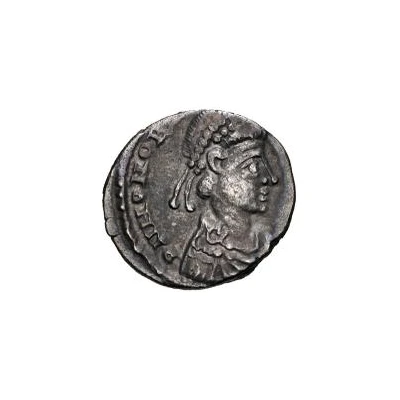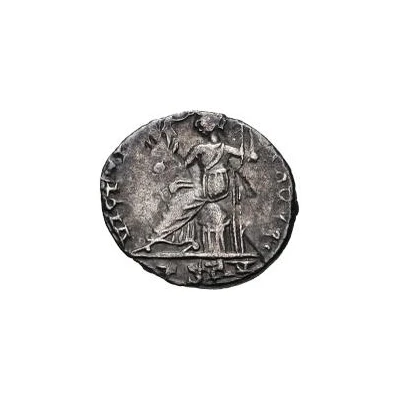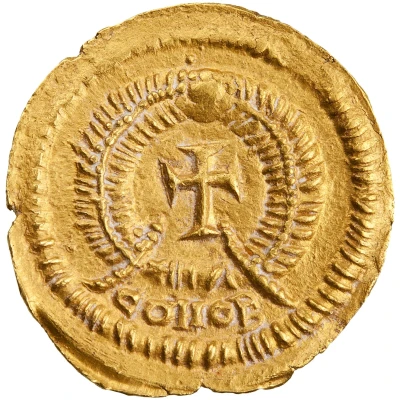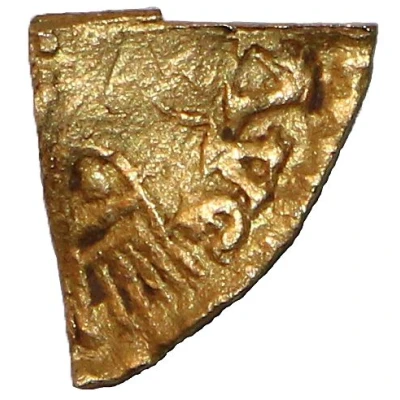
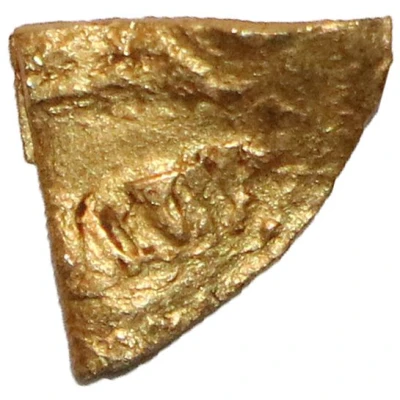

Cut Quarter Tremissis
| Gold | 0.26 g | 8 mm |
| Issuer | Visigothic Kingdom |
|---|---|
| King | Liuvigild (575-586) |
| Type | Standard circulation coin |
| Years | 575-586 |
| Value | ¼ Tremissis |
| Currency | Tremissis |
| Composition | Gold |
| Weight | 0.26 g |
| Diameter | 8 mm |
| Shape | Quarter circle |
| Technique | Hammered |
| Orientation | Variable alignment ↺ |
| Demonetized | Yes |
| Updated | 2024-10-04 |
| Numista | N#334498 |
|---|---|
| Rarity index | 97% |
Reverse
Victor (?) with partial Roman legend
Comment
A cut Visigothic coin, imitating a late Roman type.Coins were not typically cut by the Visigoths, Franks or Saxons. However, it was common practice among the Vikings, who didn't use individual coins but went by weight, using 'hack' metal.
Interesting fact
One interesting fact about the Cut Quarter Tremissis (575-586) from Visigothic Kingdom made of Gold weighing 0.26 g is that it was used as a form of currency during a time of great cultural and religious change in Europe. The Visigothic Kingdom was a Germanic tribe that ruled much of the Iberian Peninsula from the 5th to the 8th centuries, and this coin was likely used in transactions and trade during that time. Despite its small size, the coin was made of gold, which was a valuable and coveted metal at the time, and it features intricate designs and details that reflect the artistic and cultural influences of the Visigoths. Today, coins like this are highly sought after by collectors and historians, offering a glimpse into the economic and social practices of ancient civilizations.
